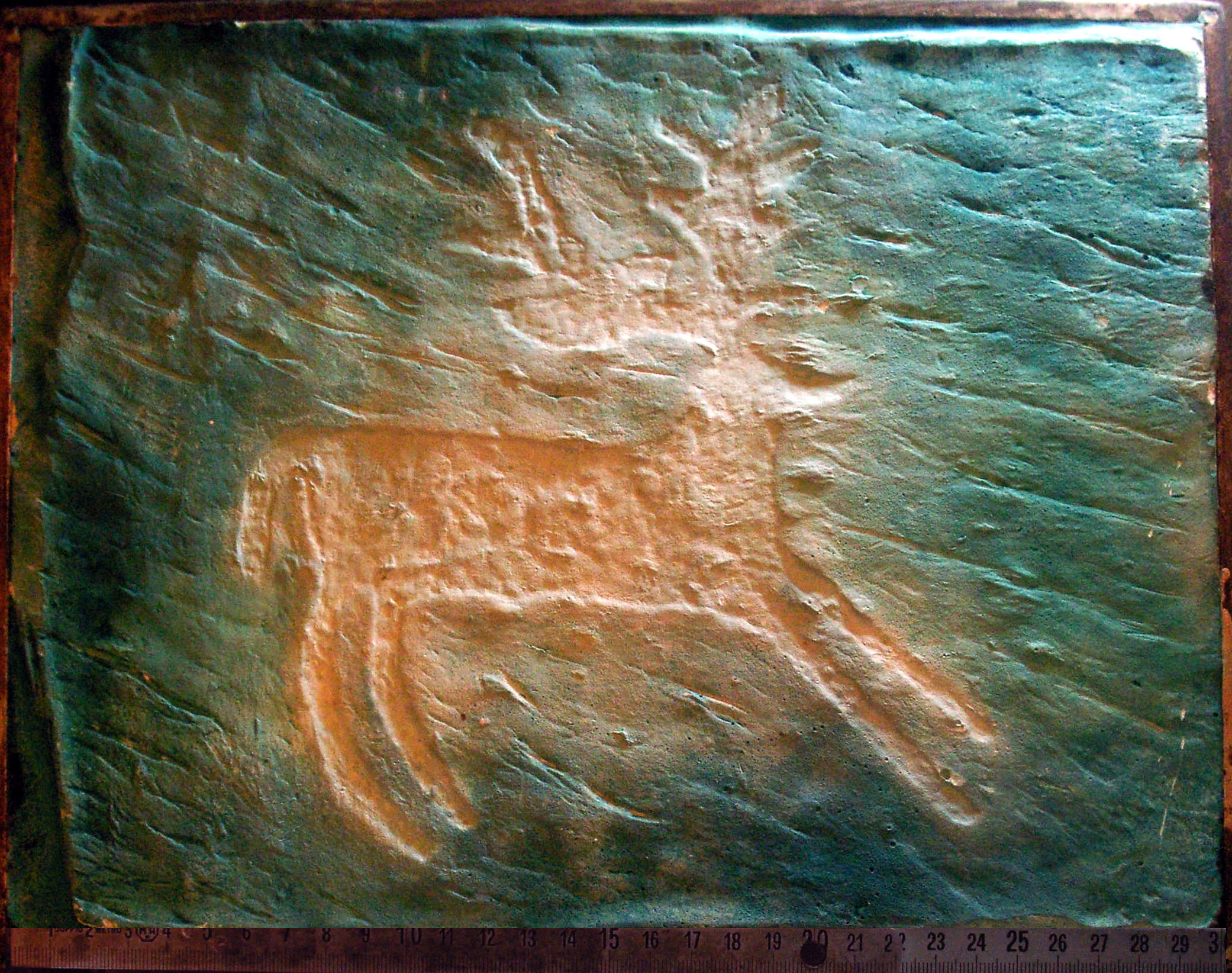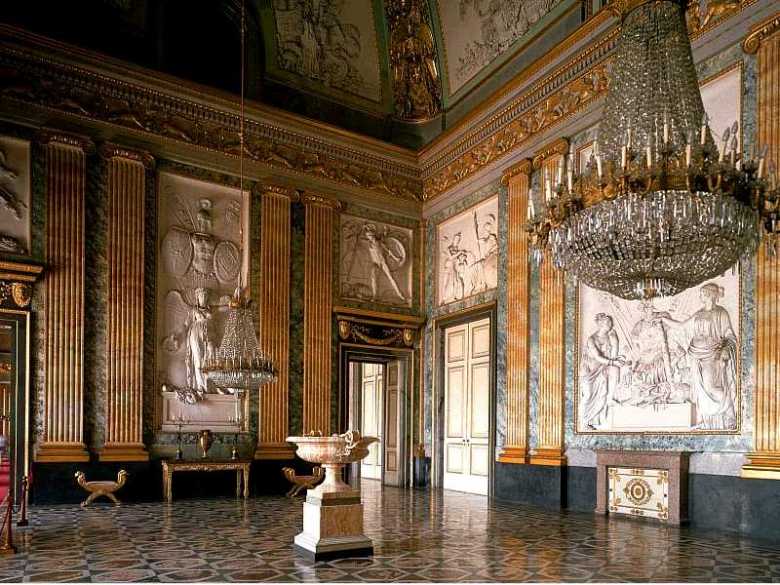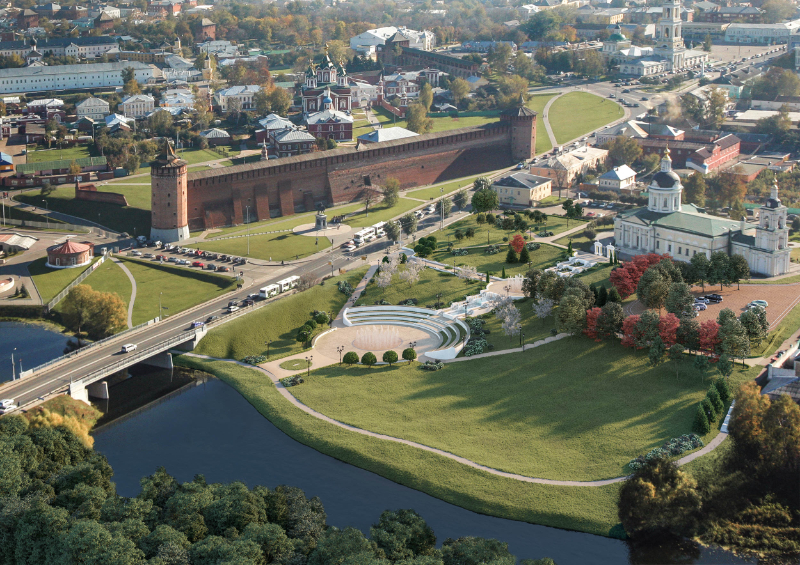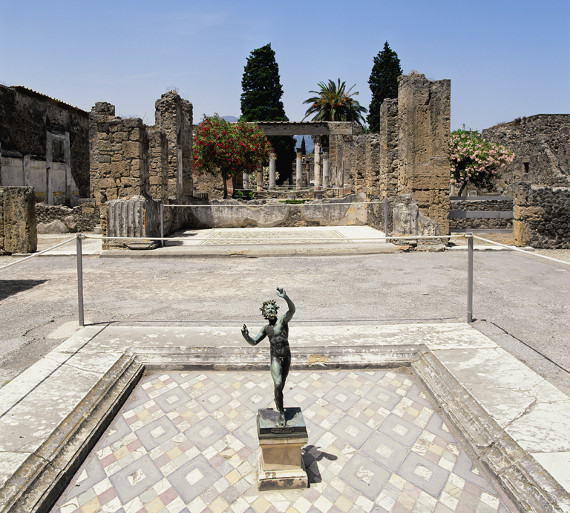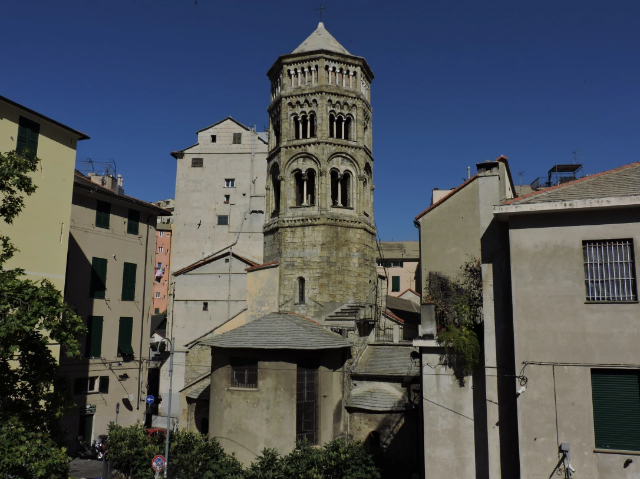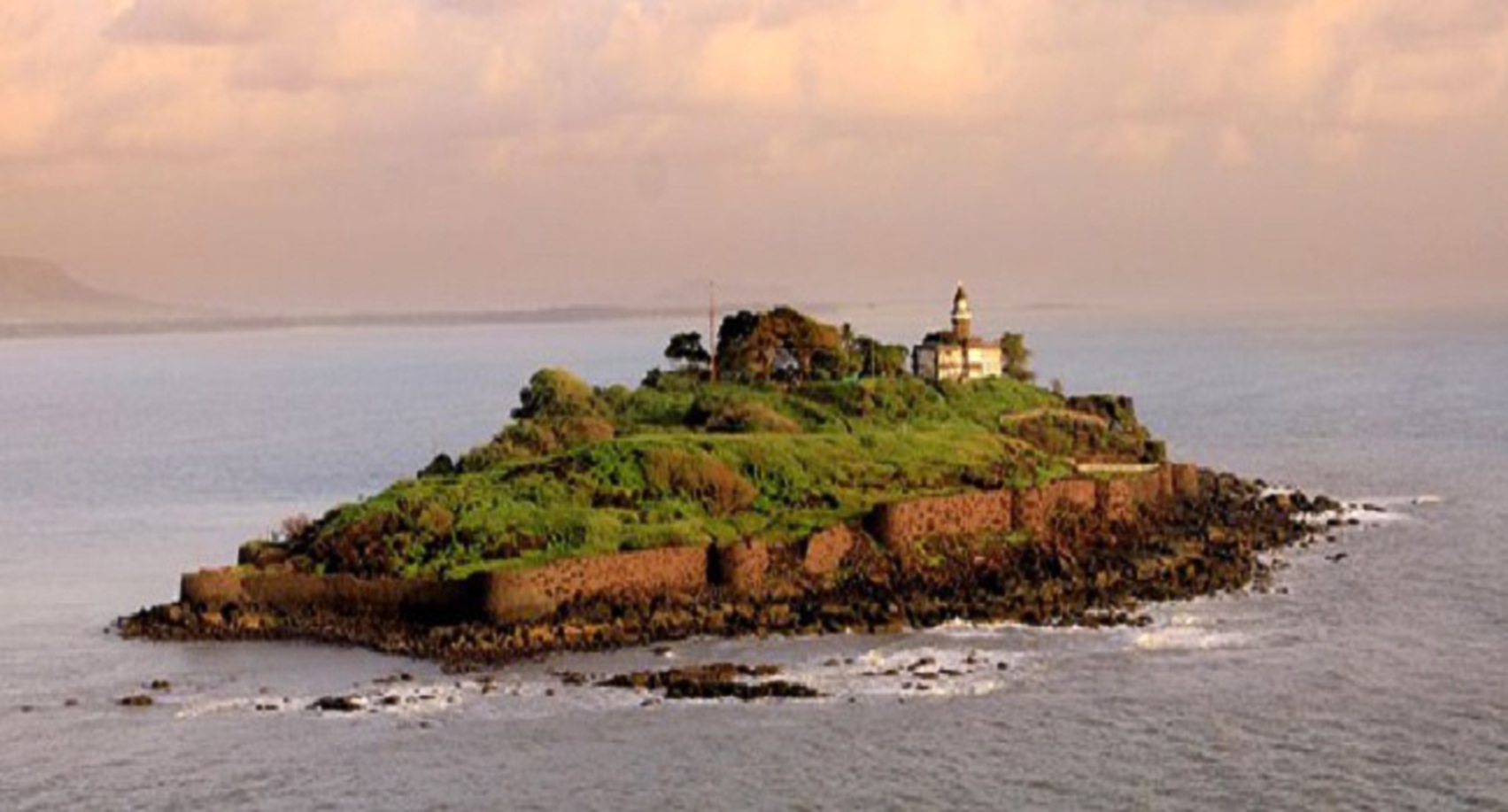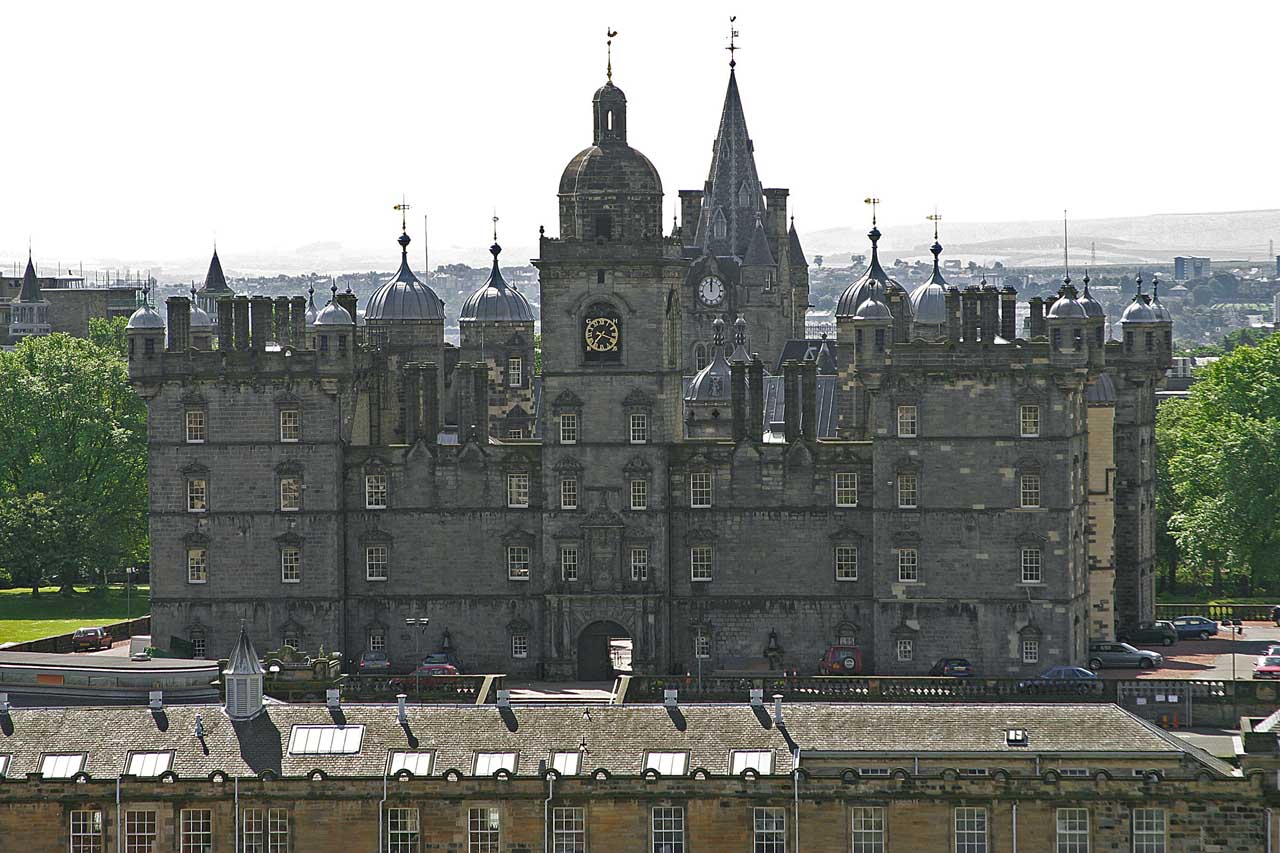The Naquane Rock Engravings National Park in Capo di Ponte was the first park established in the Camonica Valley in 1955. The area covers more than 14 hectares and is one of the world’s most important complexes of engraved rocks.
Within it, in a beautiful wooded environment, it is possible to admire as many as 104 engraved rocks, accompanied by information panels and divided into 5 easily walkable visiting routes of about 3 km. The complete visit of all routes requires at least 4 hours.
On these broad surfaces of grayish-purple sandstone, smoothed by the action of glaciers, the ancient inhabitants of the Valley made images by tapping with a lithic striker or, more rarely, engraving with a pointed tool. The chronology of the Park’s histories lies between the Neolithic (V-IV millennium B.C.) and Iron Age (I millennium B.C.), although there is no shortage of engravings from the historic period. The best represented era is definitely the Iron Age, when the Valley was inhabited by the Camunni of Roman sources.
Some rocks are of considerable size, such as Rock 1, which strikes the visitor with the extraordinary richness and variety of engraved figures, about a thousand. There are many figures of animals, armed men, vertical weighted frames, vanes, buildings, cup marks, and a labyrinth.
Many rocks are dominated by human figures made in a schematic manner, in the position known as the praying person: they have upward-facing arms, opposing legs, and a linear body, with some variations. Studies show the long duration of this type of figure beginning in the Neolithic and lasting until the early Iron Age. On the rocks of the Park there may be warriors, horsemen, animals, buildings, symbolic figures and Camunian inscriptions, sometimes interpreted as elements of scenes of complex significance, but great caution is needed. Very often the rock surfaces were repeatedly engraved, overlapping figures of different ages. This is how, for example, the so-called "village scene" of Rock 35 came about, where some buildings overlapping earlier deer hunting scenes seem to show a village with its activities. Some figures have special artistic significance, such as the famous depiction of the priest running of Rock 35. In some cases we have true divine depictions, as in the case of Rock 70, where a large figure with obvious deer antlers is interpreted as the god Cernunnos, which finds comparisons with the famous cauldron of Gundestrup (Denmark).
